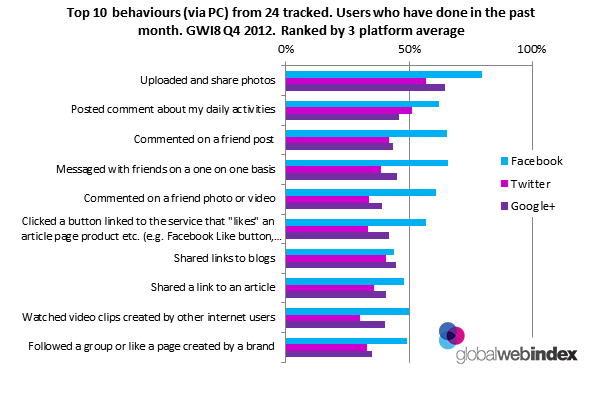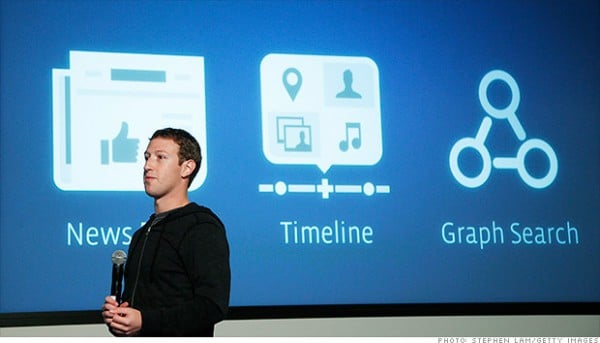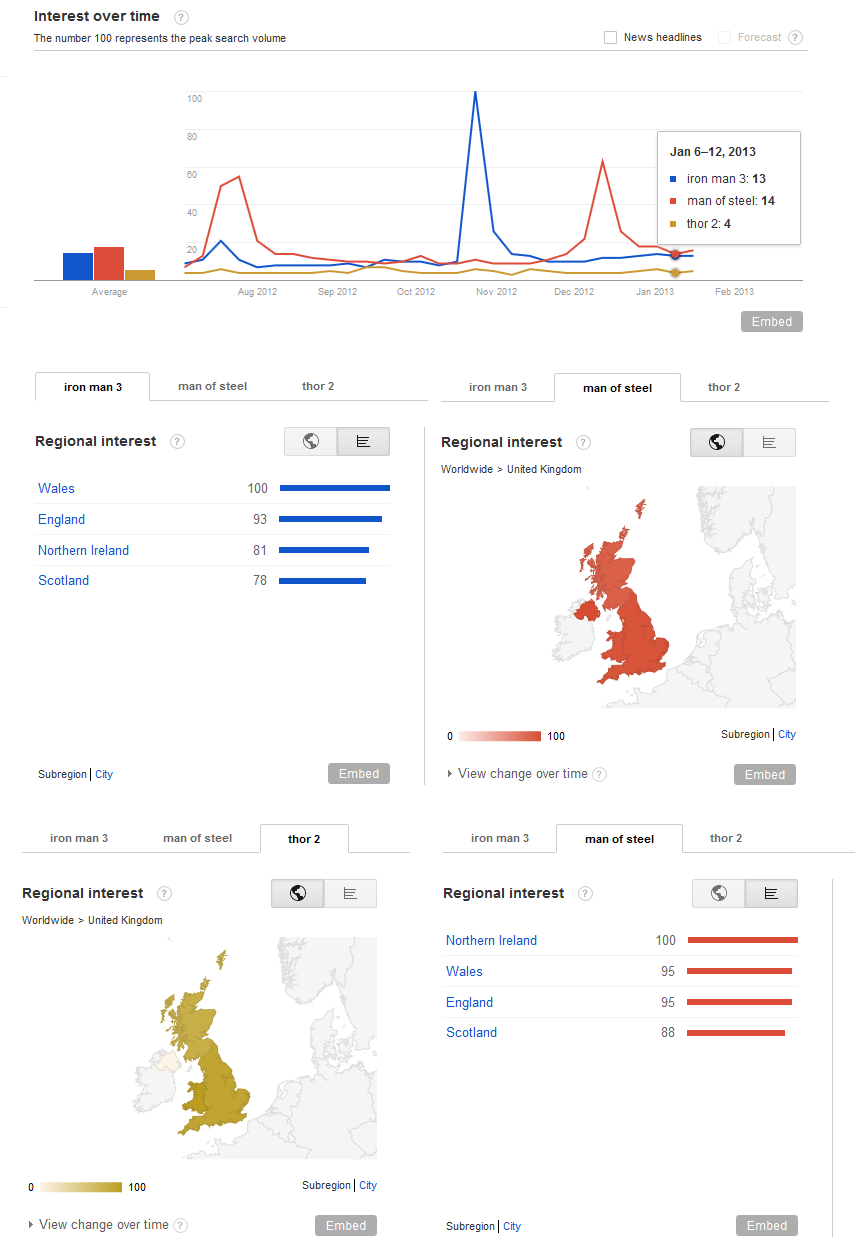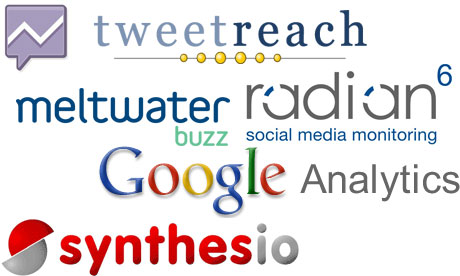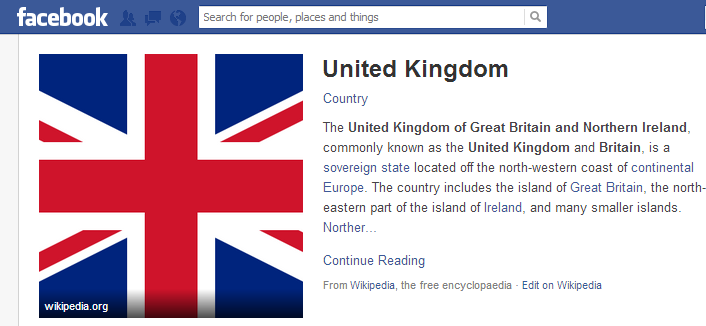Midway through the furore, film producer Chris McGuire took a moment to actually go down to Harlem and ask people who live there what they think of the internet meme. The conclusion is that people there are not happy.
As detailed in the video below, the result shows how the on-line community quickly abandons cultural origins to mass-produce and replicate content on a scale that is designed to generate views and clicks. This response from the residents of Harlem is important because it demonstrates how an idea that transcends borders and gets interpreted globally can have an adverse interpretation from the local culture that originally developed it. Importantly, when considering online content distribution, the real value is often at the source of it all, the point of origin which marketeers and users alike need to be careful not to ignore.
Twitter’s information security director Bob Lord said about 250,000 users’ passwords had been stolen, as well as usernames, emails and other data. The announcement shows the increasing problems of data privacy that will continue to plague social networks and their users in the coming years. The number is comparatively small to the overall number of Twitter users and it is not yet known if any company or corporate profiles were compromised.
BBC Technology Correspondent Rory Cellan-Jones was one of those affected, he recounts what happened and how Twitter responded to its biggest security crisis to date.
While the morality of Google’s strategy to increase its social activity can be debated – it’s clearly working. Consequently, the GWI decided to take a closer look at Google+ and the behaviour of its users. Here are some notable points:
- 42% of Google+ users post an update on their daily activity, compared to Twitter (51%) and Facebook (62%)
- 45% of Google + users share links to blogs, more than Facebook and Twitter
Before I head off I’ll leave you with this thought provoking GWI forecast on the uses of social channels in 2013: ” Social platforms are unlikely to be the points of transaction, but rather the source of discovery for products and content that are fulfilled off site” – GWI
Find more views and insights on our Facebook page!
The announcement came soon after Nielsen’s 2012 Social Media report, which detailed the close relationship between Twitter use and TV watching blossoming over the year.
The move is interesting as viewers move away from traditional television viewing methods – the home screen, to portable devices like smartphones and tablets. Due for release in Q3 2013, the system should help paint a more accurate picture of show popularity.
Indeed, in the UK we only need to look at trending tweets on weekends to see that shows like “X-Factor” and “Strictly Come Dancing” do very well on the micro-blogging platform. People are keen to express their thoughts on what they’re watching.
Of course, the introduction will see new swarms of data available that will allow for advertisers to create integrated ad campaigns, and is an obvious move for Twitter as they look to step up their ad revenue.
Do you watch TV and tweet at the same time?
Liked this post? Why not Like our Facebook page?
At first glance, Graph Search doesn’t seem to be offering anything new and certainly isn’t “Google’s nightmare” as Peter Scheer claimed in the Huffington Post. However, nor should it be dismissed. Facebook is definitely reacting to a lot of search data that has been generated internally and they have begun to understood how and why people want to search their friends information and what would be relevant in generating decisions along the lines of “who should I invite on my dinner/ party/ holiday/ wedding”?
This is important as it is often the first consideration in the purchase cycle (for many) but it presents a key opportunity for advertisers to be a part of that initial process either through direct or indirect messaging.
The second point is that many of the critics haven’t actually tried out the product and therefore cannot determine how functional, creepy, humourless or specific the search terms can be. For example, a detailed search for “people who live in my hometown and are visiting Glastonbury Festival” might be a more influential search than a generic search in google for Glastonbury tickets. Until this has been established it seems that the potential of the 1 trillion connections that Facebook are bragging exists within Graph Search remains somewhat unknown for the time being.
The potential is definitely clear and Graph Search could prove be a fantastic product with far reaching implications for both Facebook users and advertisers, but whether this is actually the case remains to be seen by the handful of beta testers who will be allowed access in the coming weeks.
It’s clear Superman leads the way, though ever so slightly – most probably related to recent trailer releases. The Northern Irish also seem to quite fancy DC’s superhero, leading the way in most searches. Marvel’s Iron Man comes in 2nd place, with most searches intriguingly originating from from Wales. Thor, well, the hairy hero isn’t getting much love at the moment.
There are of course, many other variables that affect the search trends – the marketing of the movie, trailer launches and media coverage. Yet these findings could actually act as an indicator of the marketing success thus far, rather than just a measure of popularity.
Liked this post? Find more great stuff on our Facebook Page!
The starting point of this approach is to audit the social landscape, understand the conversation taking place about the brand online before a social media campaign can begin. Conducting a social media audit will ensure that your brand or product enters the online conversation just as you would do in real life – knowing the context of what is being said. The primary purpose of a social media audit is to determine the conversational landscape, as most of the content you distribute will be geared towards the people in this landscape you need to find out what they are saying.
We have written a Social Media Audit white paper about how best to go about conducting a listening audit, which has also received coverage in the Guardian Media Network.
Here is why social media optimisation is so important.
UK gender split is fairly even with 5% of users’ female, and a quarter of them are under the age of 25 while 30% are aged over 50. 62 per cent of the 27 million Facebook users (19 million) access the social network via their mobile devices, and 26% access Facebook via a tablet. Smartphone users are most active at midday, while tablet use is highest during the evenings when 60% of all users are on Facebook.
People are also very active on Facebook while watching TV, with 62% using the social network while watching TV shows, sending updates about the content they are watching.
Plenty has changed over 2012 with respect to social media, since Facebook launched it’s IPO, purchased Instagram, Google further developed its own network and updated its search algorithm to introduce Social Search.
Twitter opened a UK office and expanded its promotional services, Reddit clocked in 1 billion page views each month, LinkedIn topped 10m+ UK users and Google+ grew as fast as Facebook alongside the wide array of social networks launched, funded and developed throughout the year.
In the midst of these changes, we have identified six predictions that we think are set to affect how social media measures up in 2013:
- Plurality of networks
Specific social networks continue to grow more popular, fuelled in part by Facebook Connect, around interest groups and activities start to come to the fore. Recent examples include Pinterest (sharing nicely designed, produced content that fits in with lifestyle “moodboards”), Newsle (for people who specifically have friends who publish articles or follow those in the press) and Xt3 (for Catholic online users) among many others. - Social advertising
Aside from Youtube and Facebook Advertising, social advertising is still in its infancy, with little pick up on LinkedIn and Twitter in the UK compared to the awesome size of Google’s paid search share. However, once the mix of user generated personalised data meets search and relevancy, online targeted advertising will reach its zenith.
- Privacy concerns
Users are becoming smarter about the way in which their data is being used by social networks. Instagram’s recent furore involving an update to its terms and conditions could have cost it as much as 25% of its userbase. As social networks explore new ways to advertise to their userbase, privacy concerns are set to become a much bigger issue for users, networks and advertisers in the coming months. - Measurement and Analytics
Google+ is set to announce a new analytics tool, Twitter has said in its blog that a measurement tool is coming, all of which meets the needs of users and admins who report on the performance of their pages and profiles. A key requirement for social media marketing is the ability to provide reporting and understand how far content is spread online. - The battle for mobile
Facebook’s “Nearby” feature for mobile was only released in late December of 2012 and signals the start of a competition with Foursquare. While you can only rate Local places currently I think we’ll be seeing new features added soon as social networks clamber for more attention from smartphone users. - Gamification of location based services
Similar to the battle for mobile, Google’s beta mobile game Ingress where “the World is the Game” is the start of gaming the way larger networks pull data from users, specifically location-based user data.
For more analysis, we highly recommend reading ‘The Future of the Internet‘ by Jonathan Zittrain for a good overview of where online technology is headed and what is set to come.

A few days ago, my colleague Ben had mentioned in his blog post the controversy surrounding Instagram’s alleged plans to sell pictures uploaded by its users, for advertising purposes (https://www.tugagency.com/tug-life/tug-blog/2013/01/04/instagram-loses-25-of-its-users/). It is worth looking at how the aftermath of this incident could pan out. Conveniently, the Instagram backlash occurred at the end of 2012, therefore now is the perfect time for Facebook – which owns Instagram -, and indeed the entire social media world, to make their New Year resolutions for 2013, as regards to their policies.
Privacy is surely the most important issue in social media usage, and the latest Instagram storm has made it clear to social networks that, if personal information is to be arbitrarily used and shared with third parties, then users would rather disconnect than abide by that. This could be the year in which social networks will make an extra effort to be as transparent as possible with their users – by cutting back on wrong use of ‘language’ in their terms and conditions, which Facebook had publicly apologised for – and, at the same time, to ensure to offer them different options in usage, and respect their choices.
These recent events have also brought to light the seemingly obsessive desire for social networks to monetise – monetise users, monetise photos, monetise personal information, to maximise profits. Let us not forget that social networks thrive with the need for people to connect with each other. Technically, money should not come into the equation. In this sense, the reaction to Instagram’s new terms and conditions suggests that Facebook had gone too far with its monetisation strategies. Its employees ought to remember why people log on to Facebook in the first place: to socialise.


